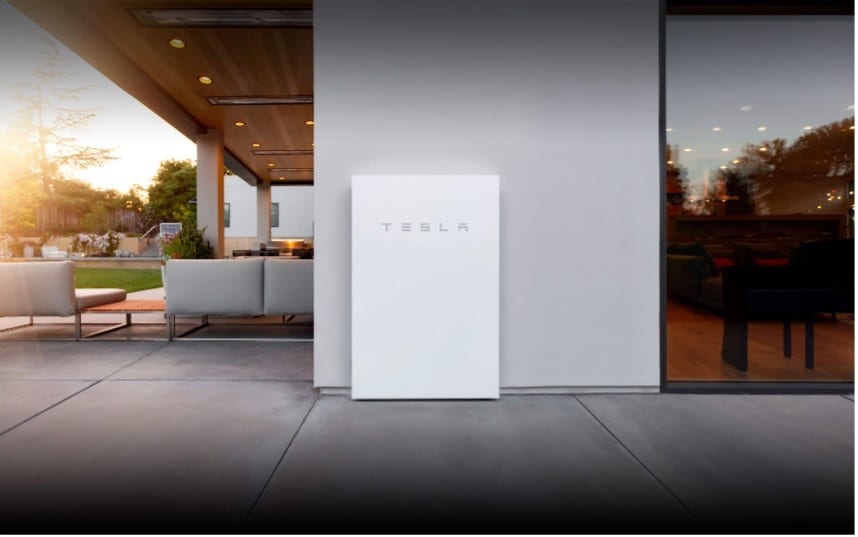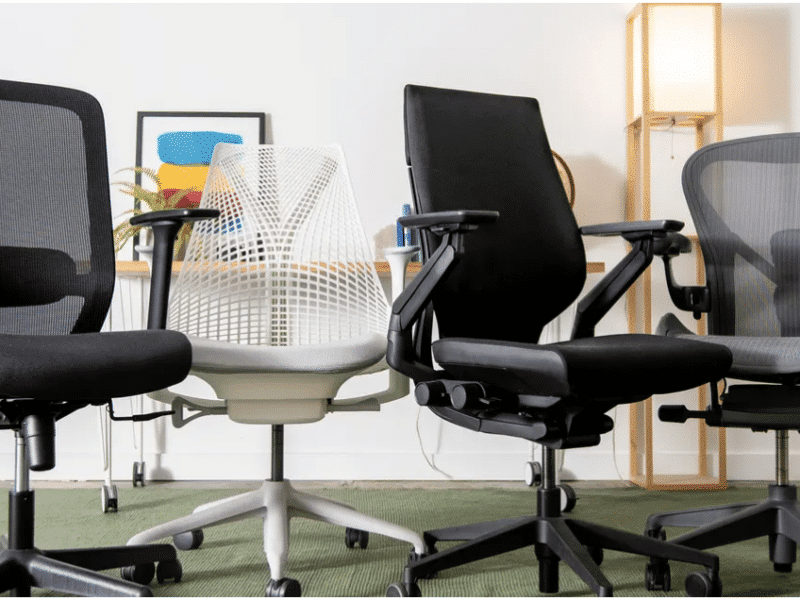A solar panel array, Tesla Powerwall 2, Starlink connection, propane heater, and external hard drive constitute five necessities for 2023 off-grid working.

As a freelancer, reliability is of paramount importance to my clients. Ensuring that every piece of work is delivered on time and to schedule is perhaps the most important thing. And to a large extent, this reliability was relatively easy to deliver; don’t overbook work, under-promise, and over-deliver.
However, this winter has seen a very real threat of rolling blackouts in the UK. While this danger seems to have receded for now, power companies are still paying customers to reduce electricity usage at certain peak times. And blackouts have affected the UK in decades past, when electricity demand and population numbers were far lower.
With the EV revolution heating up, the country is planning to ban the sale of all new ICE vehicles from 2030, in favour of electric vehicles, which will put even further strain on the electricity network.
To continue working ex-London, it makes sense to take out an insurance policy of sorts to create a home office that can function completely off-grid when necessary. This requires five pieces of tech:
1. Solar Panels
Solar panels are the first critical element of an off-grid home office. A small quality rooftop array capable of sustaining a desktop computer, mobile phone, and internet connectivity will set a homeowner back circa £5,000; however, energy bills are reduced both by using less power from the grid, and by the grid paying for any excess energy fed in. As energy prices have risen, the payback period has fallen to around five years, after which the system also starts paying you.
2. Tesla Powerwall 2
Homeowners need to be able to store energy generated from solar panels, minimizing the amount of electricity required to be drawn from the grid. Energy captured during the day is stored in the Powerwall battery, and then used during evenings or on poor weather days.
Most importantly, a home office user can continue to use their office as normal during power cuts, as the home’s energy system will draw power only from the Powerwall’s 13.5kWh lithium-ion battery storage, lasting a full 15 hours before needing to be recharged.
Installation costs circa £15,000, but the tech helps reduce energy bills even further.

3. Starlink Internet
The problem with broadband internet connections (whether fibre-optic or not), is that even if you have power to your modem, there needs to be electricity at the master box close to your home, and there’s not going to be any in a power cut.
Having solved the electricity and supply problem, the next step is to get back-up internet access. And the best solution for this is Starlink, another Elon Musk designed tech which offers high-speed low-latency satellite internet for just £75 per month and a one-time hardware cost of £460. The kit includes everything needed to get connected, including the dish, router, cables, and base.
While the service is slower than typical fibre-optic connections, it is sufficient to complete work, take TEAMS calls, and stream videos. And in the event of a blackout, it functions as an excellent backup internet. As the tech develops, there is a good chance that it could even replace underground cables.
4. Propane heater
75% of UK homes are warmed through gas central heating, which will not work in a power cut as the boiler requires electricity to run. While the Tesla Powerwall 2 should be able to keep the boiler running, it can be more economical to use a small propane heater to heat a small office space and conserve the limited electricity available.
This will set you back around £125 for a decent brand.
5. External Hard Drive
The vast majority of modern office work is saved both to your computer, and to one of the various available clouds, such as OneDrive or Google Drive. In a power cut, there is a risk of losing work if the connection to the cloud fails or a desktop/laptop turns off for lack of power.
Having an external hard drive plugged in to your computer with a command to continuously upload all work resolves this problem and ensures there is an alternative back-up for as little as £50.
Overall, by combining a solar panel array, Tesla Powerwall 2, Starlink connection, propane heater, and external hard drive, home office users can work completely remotely for hours or even days as necessary.
Of course, start-up costs are not cheap, but then for the self-employed, neither are days off work.






